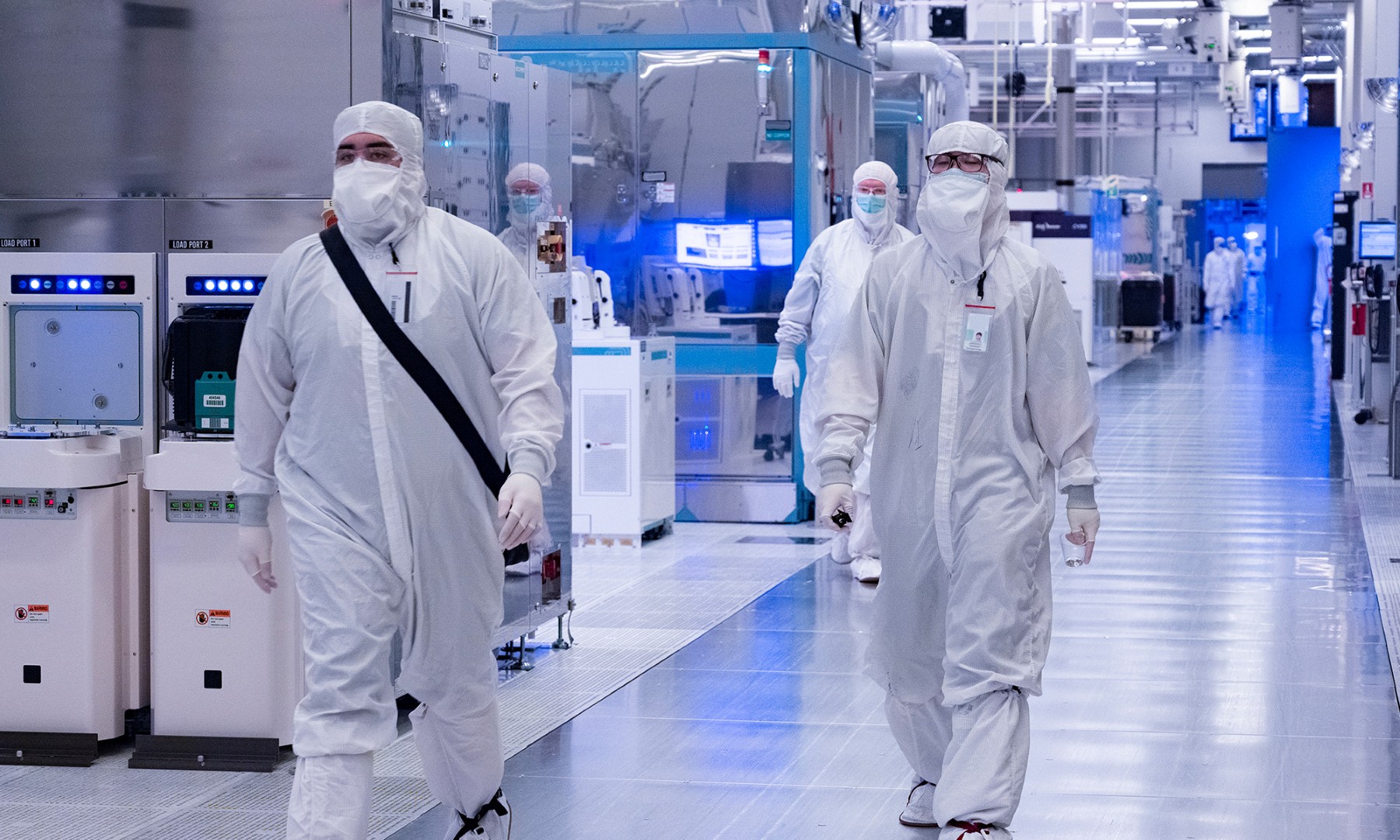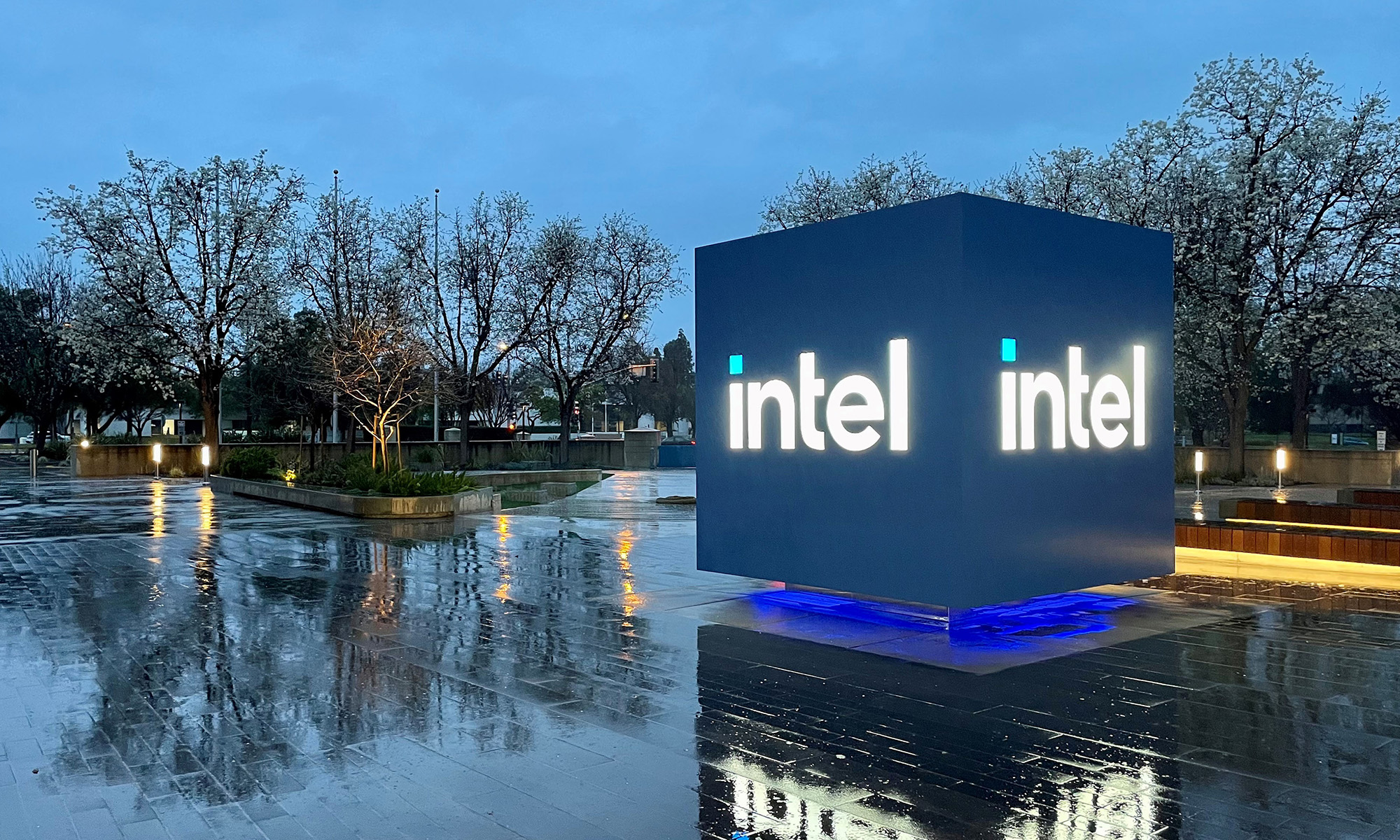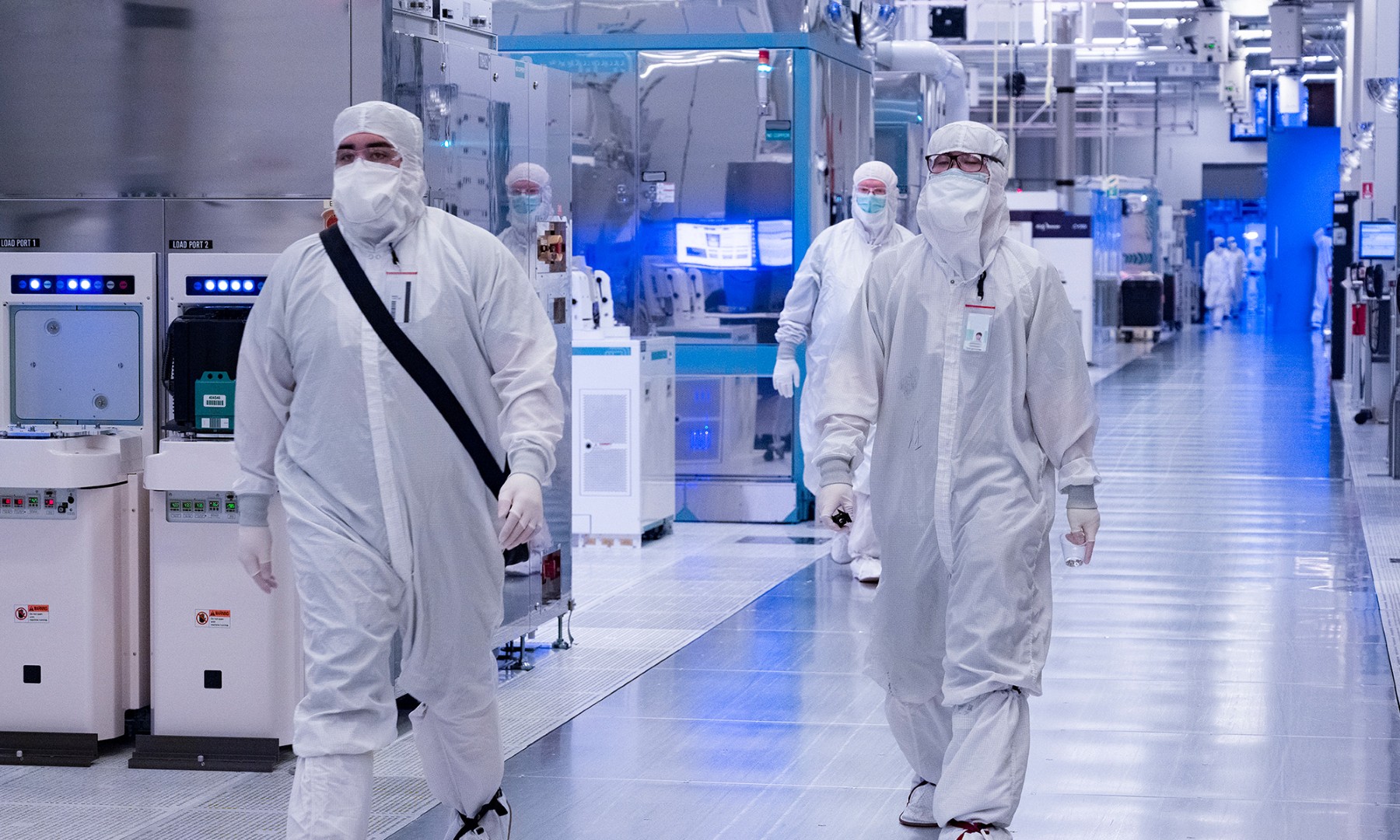Intel (NASDAQ: INTC) announced that it had entered into an agreement to acquire FPGA-maker Altera (NASDAQ: ALTR) on June 1. Following the announcement, management hosted a conference call to further flesh out its strategic reasoning for the deal and to allow Street analysts to ask some questions.
Here are four things from that call that Intel's management wants you to know.
The acquisition isn't defensive
There is a popular belief that Intel acquired Altera as a "defensive" measure. In other words, some believe that Intel bought Altera to defend its current business rather than as a means to drive even further growth. According to Intel CEO Brian Krzanich, this isn't the case.
"We do not consider this a defensive play or move," Krzanich said on the earnings call.
Krzanich went on to say that the integrated FPGA and CPU products that Intel hopes to build once Altera is under the Intel banner are products that Intel's customers "want built." He also said that Intel estimates "about 30% of the cloud workloads would be on these types of products as you exit this decade."
"This is about really providing the capability to move those workloads down into the silicon which is going to happen one way or another, and we believe it's best done with the Xeon processor and FPGA combination which will clearly have the best performance, cost and footprints for the industry," Krzanich said.
When will Intel launch integrated CPU and FPGA products?
Intel management has made it clear that the ultimate goal of this acquisition is to be able to build chips that integrate Altera's FPGAs with Intel's CPUs all on the same piece of silicon. During the call, Krzanich said that the first "co-packaged" CPUs and FPGAs will show up during the "second half of 2016" and will ramp in earnest during 2017.
As far as fully integrated CPUs and FPGAs go, Krzanich said that those would follow "shortly after that." This means we might potentially see such fully integrated FPGA and CPU products in the 2018 time frame, when Intel is likely to launch its first 10-nanometer Xeon E5/E7 processors.
The whole is greater than the sum of its parts
During the call, analyst Ambrish Srivastava noted that he was "struggling with some of the assumptions" that Intel management gave. In particular, Intel said that it expects the FPGA market to grow at a 7% compounded annual growth rate, or CAGR, but that Altera had a "negative CAGR for the last three years."
In other words, as Srivastava said in a downgrade of Intel shares following this deal, he doesn't concur with Intel's view of the size of the opportunity that buying Altera opens up for the chip giant.
Krzanich, in response, pointed out the opportunity that is opened up as the company integrates FPGAs with CPUs is likely much larger than the opportunity for stand-alone FPGAs sold into datacenters for the same use cases.
Will future Altera chips be built on Intel technology?
During the call, Intel CFO Stacy Smith made it clear that Intel intends to ensure that future Altera FPGAs will be "consistently first to node, taking advantage of the best process technology in the world."
Krzanich said that there was no need for Intel/Altera to try to port over existing Altera products to Intel's manufacturing technology. He did say, though, that Intel would focus on the "future" and that this future means "driving [Altera's] future products at a faster rate to the better node or to the newer node."
In other words, Intel seems to have every intention of building future FPGAs on Intel process but that the products that are currently at TSMC (NYSE: TSM) will continue to be built there.







